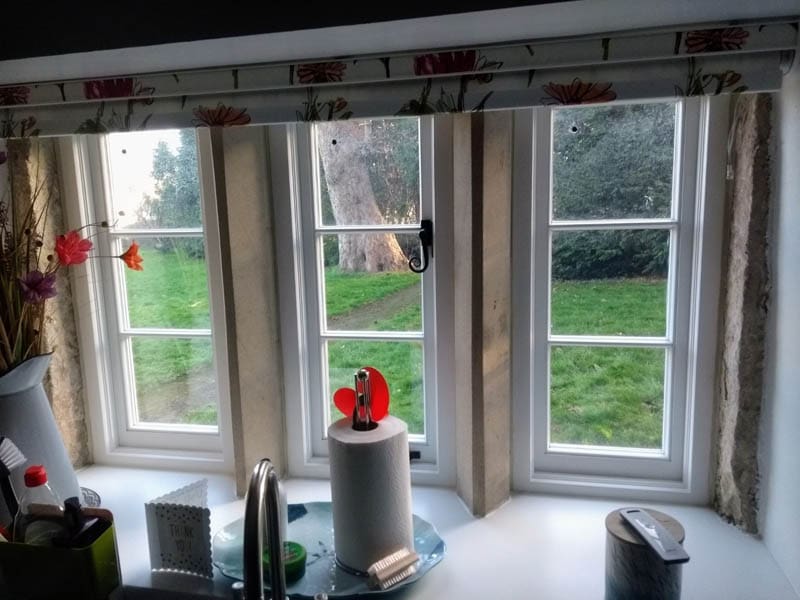
Retrofitting Historic Windows: Why Vacuum Glazing is the Future
Do you want to keep the charm of your old windows but also enjoy modern comforts? That’s where vacuum glazing […]
Do you want to keep the charm of your old windows but also enjoy modern comforts? That’s where vacuum glazing comes in. It’s becoming the go-to choice for heritage restoration professionals. Let’s explore why.
What Is Vacuum Glazing?
Vacuum glazing involves two glass panes separated by a vacuum gap. This design offers excellent insulation without adding bulk, making it perfect for older windows with slim frames.
How Does Vacuum Glazing Fit into Existing Frames?
One of the best things about vacuum glazing is its slim profile. It can be retrofitted into your current window frames without changing their look. This means you keep the original appearance of your windows while boosting their performance. Historic England notes that “installation of slim-profile or vacuum double-glazing within historic frames will generally be acceptable.” However, slim double glazing has many problems that make it a problematic choice.
They advise refurbishing and draught-proofing windows simultaneously to fully benefit from double-glazing. However, exceptions include windows with historic glass of interest or frames that cannot support such glazing.
What Are the Benefits of Vacuum Glazing?
- Energy Efficiency: Vacuum glazing reduces heat loss, keeping your home warmer and cutting energy bills.
- Comfort: It improves indoor comfort by reducing drafts and cold spots.
- Condensation Reduction: By keeping the inner pane warmer, vacuum glazing helps prevent condensation.
Do I Need Planning Permission for Vacuum Glazing?
If your home is listed or in a conservation area, you might need permission to change your windows. However, because vacuum glazing maintains the original look of your windows, it’s often approved by heritage authorities. Always check with your local planning office before starting work.
How Does Vacuum Glazing Compare to Secondary Glazing?
Secondary glazing adds another window inside your existing one. While it improves insulation, it can be bulky and alter the look of your windows. Vacuum glazing your current window offers similar or better insulation without changing your windows’ appearance.
Is Vacuum Glazing Worth the Investment?
Upgrading to vacuum glazing is an investment in your home’s future. It combines the beauty of your historic windows with modern energy efficiency. You’ll enjoy a more comfortable home and lower energy bills, all while preserving your property’s character.
Ready to enhance your historic windows with vacuum glazing? Contact us today for a personalised quote.